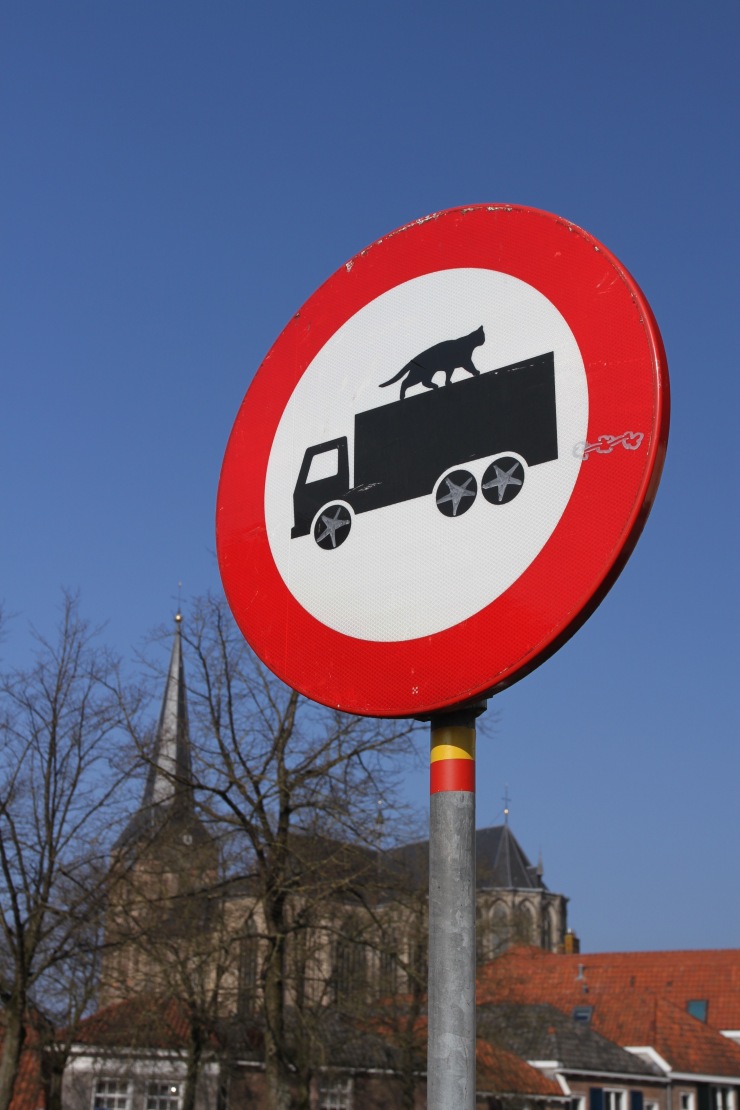Kampen. Remember that name, because it will feature in a travel story in a newspaper or magazine in the near future. The story will, inevitably, be titled “Kampen, the real Netherlands”, or something equally pointless. It will wax lyrical about the Medieval charms of this former Hanseatic League town and, I’m willing to bet, mention that there are few places on Earth with such a wonderfully preserved historic centre.


That might wash with someone who hasn’t spent two years wandering through the Lowlands, but not with me. Not any more. Honestly, it beggars belief that, in a country the size of a handkerchief, there are so many beautiful and extraordinarily well-preserved towns. So many, in fact, that I can no longer tell one from the other. So many that I’ve given up counting.
This is, I believe, known as a poverty of riches…and the Netherlands has an endless embarrassment of riches. This is less an epiphany than an acknowledgement of reality. I cannot begin to name the towns and villages I’ve visited with ‘perfectly preserved Medieval centres’. There are just too many. It would be fair to say that I’ve become a little jaded by such wonders.




So, it came as a bit of a surprise that Kampen was a pure, unexpected delight. Despite being fairly close to Amsterdam, it feels a long way from the tourist trail. I took the train to Leylstad and cycled the 50km along the beautiful shores of the IJsselmeer and Ketelmeer, stopping to take in the views over the water. By the time I reached the IJssel river separating me from the town, I’d definitely earned a beer.
Kampen sits at the mouth of the IJssel on the edge of the former Zuiderzee, which gave it access to the Baltic and North Sea. The IJssel then snakes its way from Kampen across the Netherlands until it reaches the Rhine. This made it the perfect location for trade between the Baltic and Germany, and was the foundation of the towns prosperity throughout the Medieval period.




The legacy of all that wealth can still be seen today in three original Medieval gates that once formed part of the defensive walls. It’s remarkable that these gates, dating from as early as the 14th Century, have survived into the the 21st Century, but they are not alone. Kampen has around 500 Medieval buildings and, avoiding the ugly modern-day shopping street, a walk around town reveals its history.
I stopped in at the Stedelijk Museum, itself housed in the beautiful former Town Hall built in the 14th Century. The museum has a fairly eclectic collection, but includes a fascinating history of the towns relationship with water, and the trade that made it fabulously rich and powerful in Medieval Europe. It relates the story of the last sturgeon to be caught in the Zuidezee before it was closed, killing off the towns fishing traditions.






The Stedelijk Museum also has an entire gallery dedicated to paintings of cows, this struck me as odd, although not as odd as a sculpture of a cow rearing up on its hind legs like a horse in the street outside.
Adding to this mystery was a photograph of a life-size model cow hanging from the picturesque 17th Century Nieuwe Toren. I asked the museum staff why there was a cow hanging from the top of the tower and discovered that this was the Kamper Cow, the basis of a long standing joke about the people of Kampen, or Kampers as they’re collectively known.







The story goes that the townsfolk were worried by grass growing on the roof of the tower. Some bright spark had the idea to take a cow to the top of the tower so that it could graze on the grass. Needless to say, the cow met a decidedly unpleasant end and the story has been used to illustrate the stupidity of Kampers ever since. The model cow is hoisted up the tower in the summer during Kampen’s annual festival.
That sounds like a diary (or should that be dairy!!) date if ever there was one…


Skies are so blue and beautiful!
Also, the medieval gate looks great and well kept up well enough. The fleet by the waters are majestic!
What’s the sign supposed to mean?
It’s a really beautiful place, one of those genuine surprises. The weather has been pretty miserable these last few weeks, so it was nice to have sun and cloudless skies.
The sign has been ‘altered’ by someone. The cat on top of the truck made me chuckle.
Lovely, lovely. And I like the angles in which you took the photos 🙂